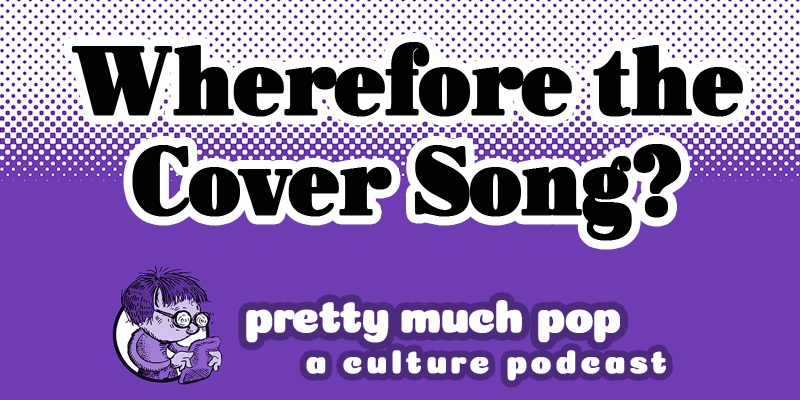American nostalgia as we know it was invented in the nineteen-seventies. Consider that decade’s preponderance of backward-looking pop-cultural phenomena: Sha Na Na; Happy Days; “Yesterday Once More”; American Graffiti, whose tagline asked “Where were you in ’62?”, a time just eleven years before the release of the picture itself. But no piece of work stands more iconically for the seventies revival of the late fifties and early sixties than Grease. First produced as a stage musical in Chicago in 1971, it graduated to Broadway the next year. But Grease wouldn’t take its most enduring form until 1978, the year that brought Randal Kleiser’s film adaptation starring John Travolta and the late Olivia Newton-John.
A 28-year-old Australian might have seemed an unconventional choice for the part of Sandy Dombrowski, the new girl at midwestern Rydell High School. But after the alteration of a few details in the character and story, she made the role entirely her own. “It was Newton-John’s dulcet intimacy as a singer that set her up perfectly to play the naïve Sandy onscreen,” writes the New Yorker’s Rachel Syme.
Her “squeaky prudishness and moony innocence as she wails ‘Hopelessly Devoted to You’ stands in such sharp, silly contrast to her vampy fallen-woman persona at the end of the film that the whole thing feels like a camp commentary on the power of costuming and collective fantasy (not to mention a good perm).”
It didn’t hurt that Newton-John was already established as a singer: she’d represented the United Kingdom in 1974’s Eurovision Song Contest (losing, ultimately, to ABBA), and that very same year scored country hits in the United States. Her skills did much not just to make the Grease soundtrack America’s second-best-selling album of 1978 (second to the soundtrack of Travolta’s own vehicle Saturday Night Fever), but to keep it enduringly popular throughout the decades since. At Grease’s 2002 DVD release party, Newton-John and Travolta reunited onstage to sing “You’re the One That I Want,” much to the delight of the audience — all of whom must still remember where they were in ’02, at least for those three minutes.
Related content:
Jimmy Page and Robert Plant Reunite in Exotic Marrakesh, 1994
In Touching Video, Artist Marina Abramović & Former Lover Ulay Reunite After 22 Years Apart
The “West Side Story” Story — Pretty Much Pop: A Culture Podcast #114
Based in Seoul, Colin Marshall writes and broadcasts on cities, language, and culture. His projects include the Substack newsletter Books on Cities, the book The Stateless City: a Walk through 21st-Century Los Angeles and the video series The City in Cinema. Follow him on Twitter at @colinmarshall, on Facebook, or on Instagram.


